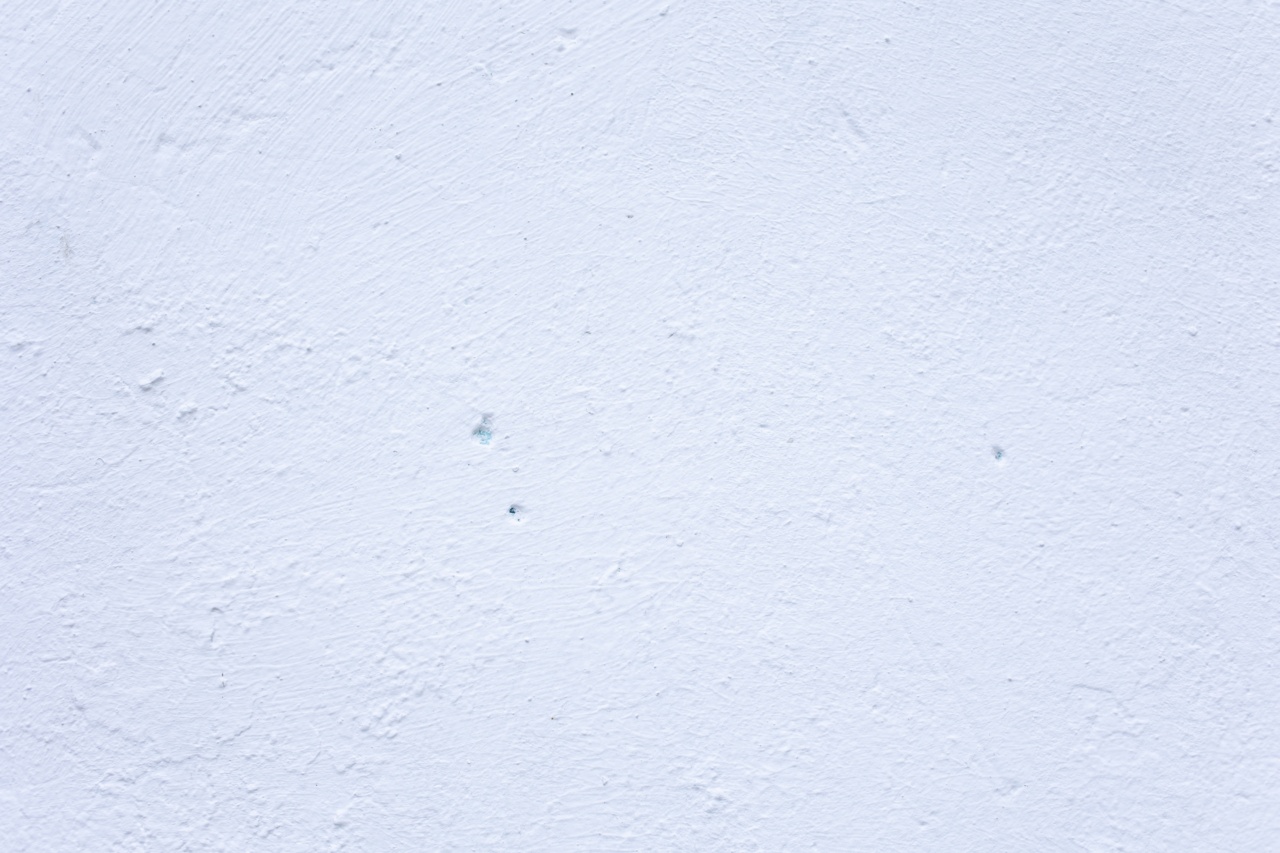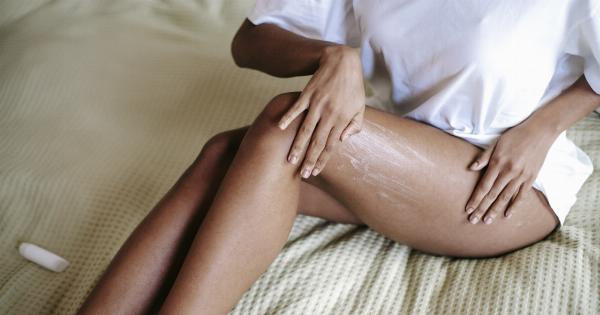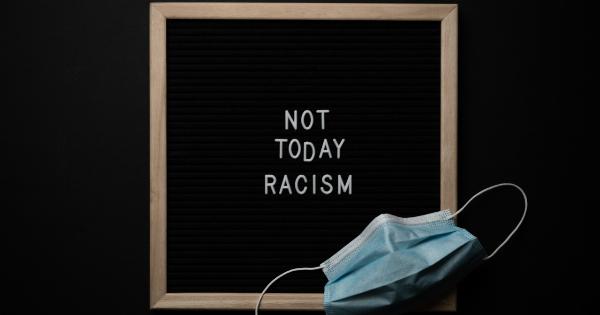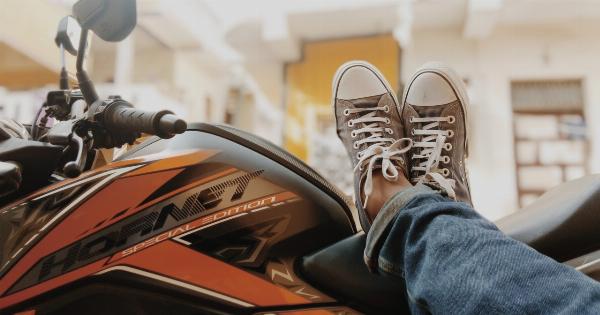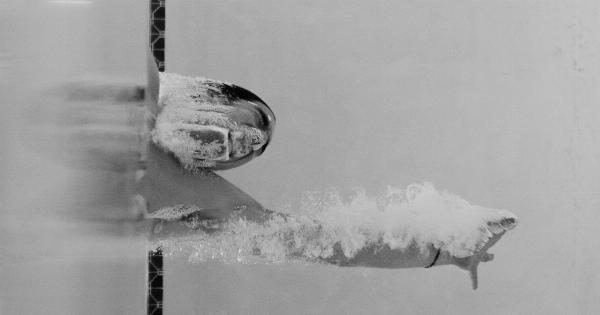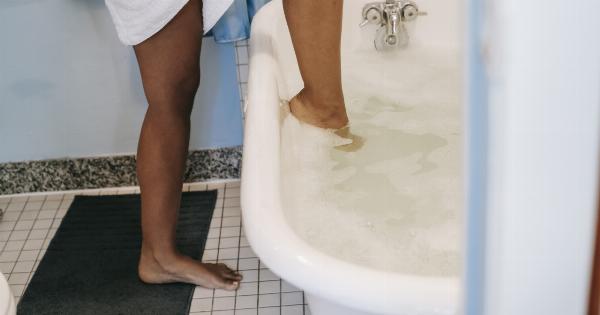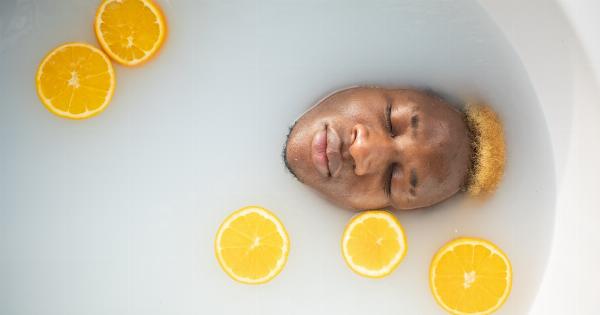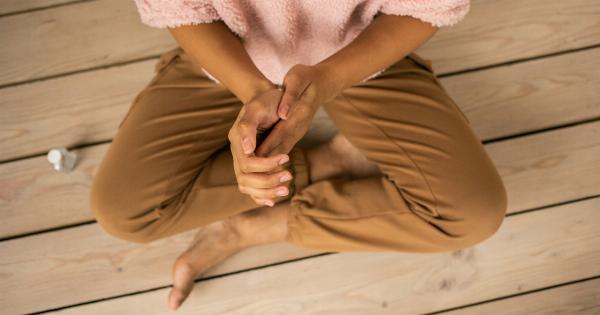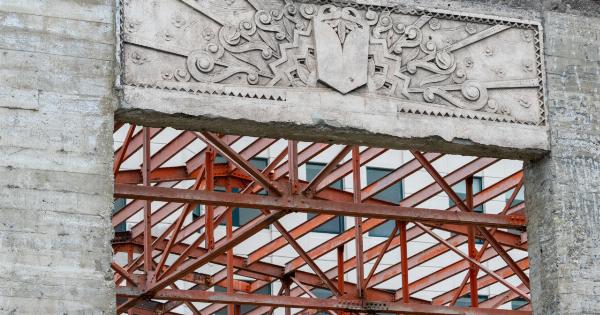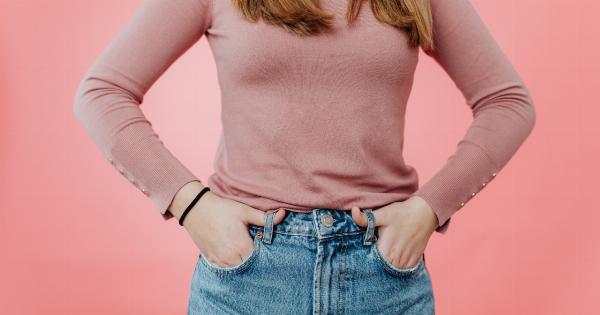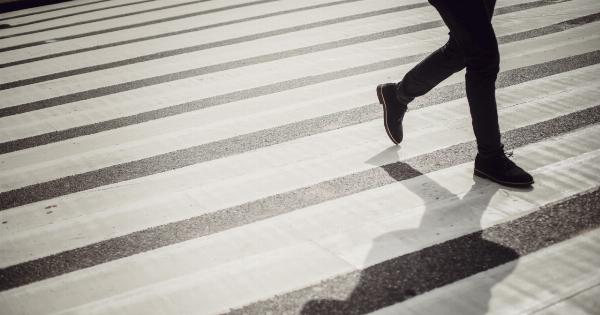Leg blisters are a common problem that many people experience, especially those who engage in high-intensity workouts or have to walk or stand for extended periods. Blisters can be painful, unsightly, and can interfere with daily activities.
Fortunately, there are simple and effective ways to relieve leg blisters and prevent them from getting worse. In this article, we’ll discuss four easy steps you can take to get swift relief for leg blisters.
Step 1: Cleanse The Blister
The first thing to do when you notice a blister is to cleanse it. The blister can get infected if dirt or bacteria settle on it. To clean the blister, you need to:.
- Wash your hands: Start by washing your hands with soap and water to reduce the risk of introducing more bacteria to the blister.
- Clean the blister: Gently clean the blister with soap and water. Avoid using alcohol, hydrogen peroxide, or iodine. These substances can delay the healing process and cause more pain.
- Rinse with water: After cleaning the blister, rinse it with clean water and pat it dry with a clean towel.
Step 2: Apply a Blister Bandage
A blister bandage will protect the blister from further damage and help in its healing process. Applying a blister bandage is easy. Here’s how:.
- Peel the backing: Begin by peeling the backing of the blister bandage. Make sure to touch only the sticky part of the bandage.
- Stick the bandage: Carefully place the blister bandage over the blister and press it down gently. Avoid rubbing or stretching the bandage, as this can cause it to come off.
- Leave the bandage on: Leave the blister bandage on until it falls off naturally. If it gets wet or dirty, replace it with a fresh one.
Step 3: Elevate Your Leg
Elevating your leg can help to reduce the swelling and pain associated with leg blisters. When you elevate your leg, you increase blood flow to the affected area, which speeds up the healing process. Here’s how to do it:.
- Lie down on your bed or couch with your feet elevated above your heart level.
- Use a pillow or cushion to prop up your legs. You can also use a footstool or an ottoman.
- Leave your legs elevated for at least 30 minutes to an hour. You can do this several times a day.
Step 4: Take Over-The-Counter Medication
Taking over-the-counter medication can help to relieve the pain and discomfort associated with leg blisters. Here are a few options:.
- Acetaminophen: Acetaminophen (Tylenol) can help to reduce pain and lower fever. It’s safe for most people, but you should avoid taking more than the recommended dose as it can cause liver damage.
- Ibuprofen: Ibuprofen (Advil) is an anti-inflammatory drug that can help to reduce swelling and pain. It’s important to take ibuprofen with food to avoid stomach upset. People with certain medical conditions, such as asthma, should avoid ibuprofen.
- Naproxen: Naproxen (Aleve) is another anti-inflammatory drug that can help to relieve pain. It’s also important to take it with food to avoid stomach upset.
Leg blisters can be painful and uncomfortable, but they don’t have to interfere with your daily activities. By following these four simple steps, you can get speedy relief for leg blisters and get back to your normal routine quickly.
